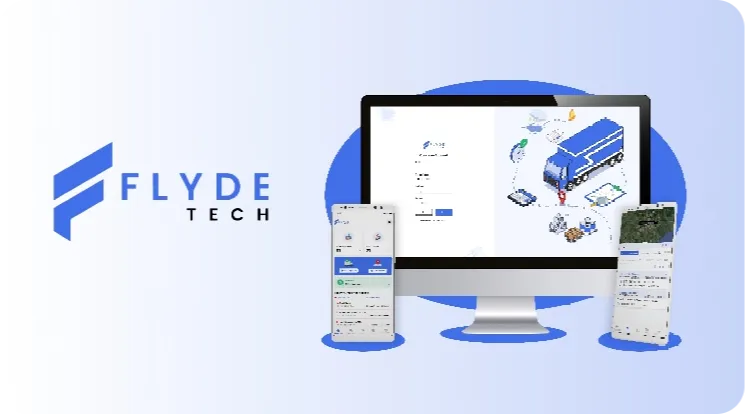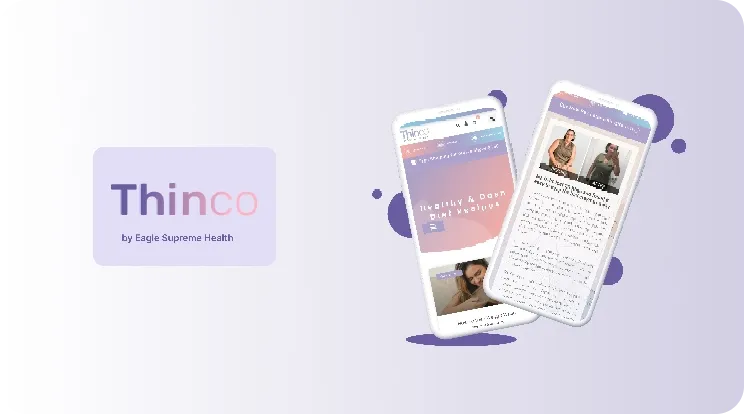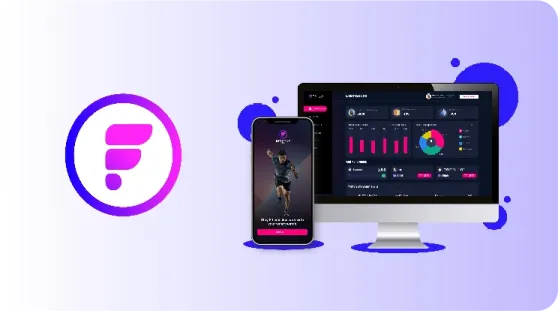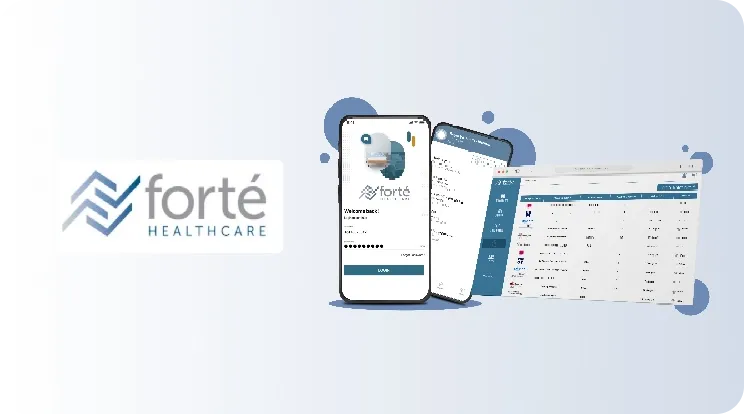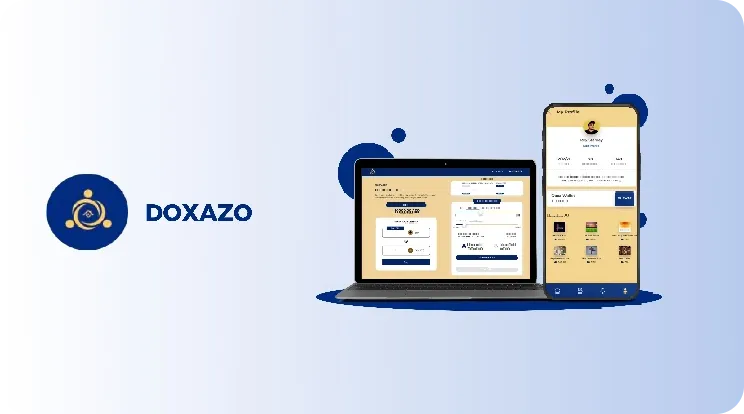
How to Choose the Right Technology for Mobile App Development in Australia
Aug 18, 2025
When it comes to turning your mobile app development idea into a real product, one of the most important decisions you’ll make is choosing the right technology. Get it wrong, and you might face high costs, slow performance, or endless rewrites. Get it right, and you’ll have a faster, more scalable, and more cost-efficient product — one that Australian users actually love to use. The framework, programming language, and development approach you choose can influence your app’s speed, user experience, scalability, and even the long-term return on investment (ROI).
With Australia’s mobile app market expected to generate over $4.5 billion by 2026 (Statista), competition is fierce. If you want your app to stand out, you need to pick a tech stack that supports your goals today and adapts to future trends like AI-driven personalisation, automation, and predictive analytics.
As an AI-focused mobile app development company in Australia, we’ve seen how the right technology choices can make or break an app’s success. In this guide, we’ll walk you through the key factors to consider — from platform choice to AI readiness — while weaving in real-world insights from Australian startups and enterprises. And answered for startup founders, business owners, and product managers in Australia who are asking:
- Should I build on iOS or Android first?
- Is React Native a good choice for my budget and speed?
- How do AI-powered development tools fit into my tech stack?
Sunrise Technologies answer these and more questions— with real examples, industry stats, and the latest AI-powered approaches that top mobile app development companies in Australia are using.
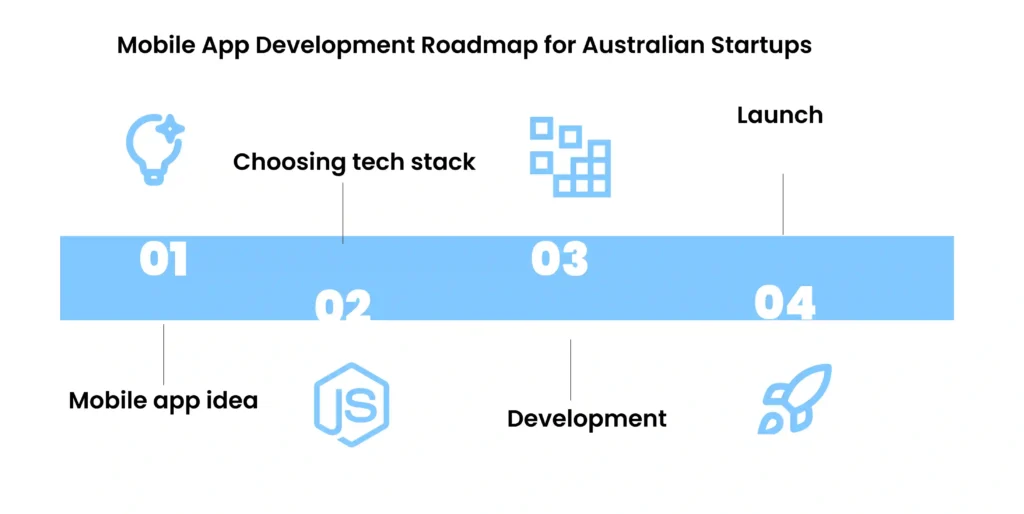
Step 1: Define Your Mobile App Development Idea Clearly
Before you even think about technology, you need a crystal-clear vision for your app. Your mobile app development idea should outline:
- The problem you’re solving
- Your target audience in Australia (and possibly globally)
- Key features for launch (MVP)
- Future enhancements, including potential AI capabilities
Example:
A Brisbane-based health-tech startup approached us with an idea for a telemedicine app. They wanted to integrate AI symptom checkers, real-time video calls, and prescription management. Knowing AI was central to their future, we recommended a scalable backend with Python (for AI models) and a cross-platform front end to launch quickly on both iOS and Android. The clearer your idea, the easier it is for your app building company or app creators to recommend the right tech stack.
Stop guessing and start planning. Share your mobile app idea, and our experts will send you a quick, no-obligation cost estimate — tailored for the Australian market.
Step 2: Choose Your Platform Wisely — iOS, Android, or Both
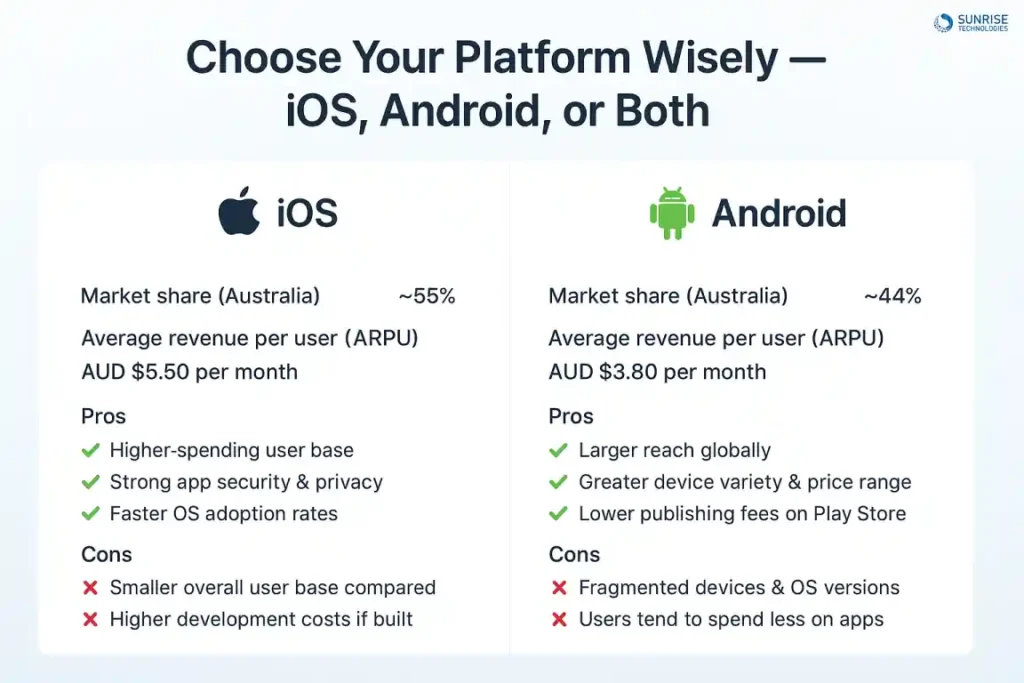
While Android app development companies dominate globally, iOS still holds strong in Australia — especially for higher-income demographics. According to DeviceAtlas, 58% of mobile users in Australia are on iOS, and they typically spend more on apps and in-app purchases. However, Android leads in sheer market size and diversity, making it ideal if your app needs to reach a broader demographic or target emerging markets beyond Australia.
Example ROI Insight:
An e-commerce startup in Sydney launched on iOS first to capture high-spending users, generating $180,000 in revenue in 4 months. They then expanded to Android, doubling their user base within 6 weeks. By integrating AI-powered analytics from day one, you can track user behaviour on your first platform and fine-tune your second launch for maximum impact.
Step 3: Speed & Cost Efficiency — Why React Native is a Game Changer
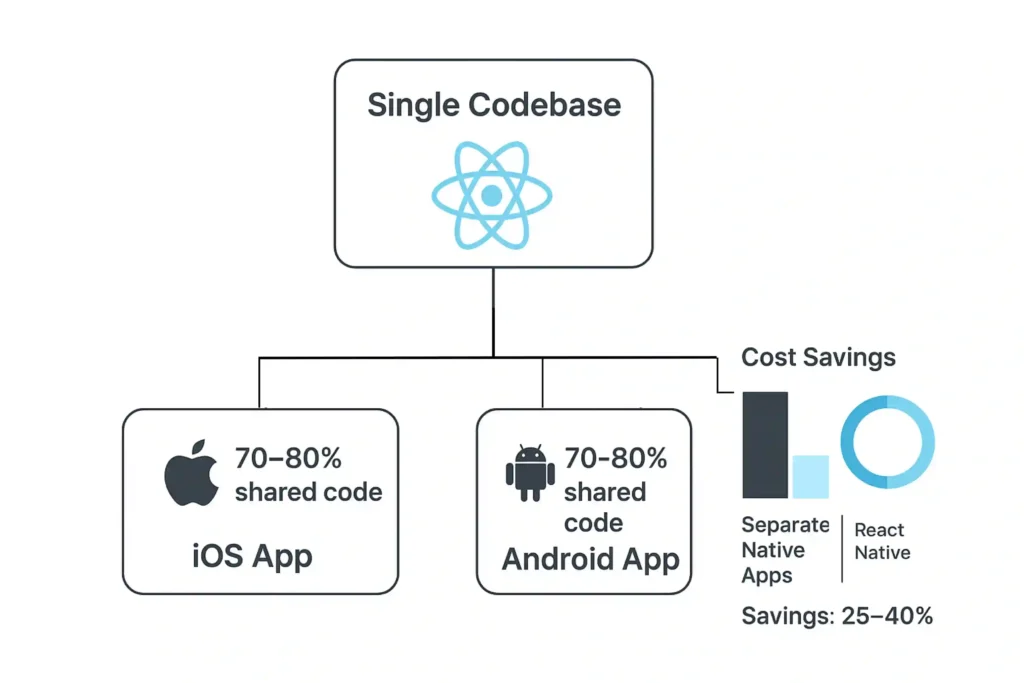
Many Australian startups face budget constraints and tight deadlines. This is where React Native shines. React Native allows you to write one codebase that runs on both iOS and Android, potentially reducing mobile app development costs by up to 30% compared to building separate native apps. It also accelerates time-to-market — a crucial factor when competing in crowded app categories.
Example:
A Melbourne fintech founder we worked with needed a fully functional MVP in just 12 weeks. Using React Native, we delivered on time, saving an estimated $45,000 in development costs while still integrating advanced AI fraud detection features. React Native integrates seamlessly with AI APIs and machine learning models, making it ideal for apps that need features like recommendation engines, chatbots, or predictive analytics.
Book a free 60-minute strategy session with our senior app consultants. We’ll help refine your idea, pick the right technology, and map out a clear launch plan.
Step 4: Ensure Scalability from Day One
It’s tempting to focus only on your MVP, but if your app developer in Australia doesn’t plan for growth, you could hit performance roadblocks when your user base spikes.
Tech Stack for Scalability:
- Backend: Node.js, Python (Django/Flask), or Java Spring Boot
- Database: PostgreSQL or MongoDB for flexibility
- Cloud Hosting: AWS, Google Cloud, or Azure with auto-scaling features
Real Example:
A Perth-based delivery service scaled from 5,000 to 120,000 users in just 10 months. Because we had implemented AI-powered load forecasting, their servers automatically scaled during peak meal delivery hours, preventing crashes and ensuring smooth performance.
Step 5: Build with AI in Mind
Whether or not you’re adding AI features at launch, your tech stack should make it easy to add them later. AI can:
- Personalise user experiences (recommendations, dynamic content)
- Automate repetitive tasks (chatbots, voice assistants)
- Analyse large datasets for better business decisions
- Predict trends (demand forecasting, churn prediction)
Example:
A Sydney-based fitness app used AI to analyse user workout habits and push personalised routines. Within 3 months, their retention rate improved by 37%.
Whether you’re building from scratch or upgrading an existing app, we integrate AI features like predictive analytics, chatbots, and personalised recommendations.
Step 6: Factor in Maintenance & Long-Term Costs
Your relationship with your mobile app development company doesn’t end at launch. You’ll need ongoing updates, security patches, and feature improvements. Choosing widely supported technologies ensures your app can be maintained efficiently, without being tied to niche or outdated frameworks. AI-powered monitoring tools can detect performance issues or security threats in real time, reducing downtime and maintenance costs.
Additional Factors to Consider while developing Mobile App for your Business
1. Development Team Expertise
Even the best technology won’t help if your team isn’t skilled in it. Ensure your chosen app building company has experience in your selected stack and has delivered successful apps in your niche.
2. Security & Compliance in Australia
Australian data privacy laws (like the Privacy Act) must be factored into your tech choices, especially if your app handles personal or financial data. AI can assist with compliance monitoring and data anonymisation.
3. User Feedback Loops
Choose tools that make it easy to integrate in-app feedback collection and AI-powered sentiment analysis.
Real-World AI Use Cases in Australian Apps
AI isn’t just a buzzword in the Australian app market — it’s already delivering measurable results for startups and enterprises. Here are some standout examples:
1. AI in Retail & E-commerce
A Melbourne fashion retailer’s app uses AI to recommend outfits based on a shopper’s past purchases, browsing behaviour, and even local weather data. This drove a 28% increase in average cart value within 60 days.
2. AI in Healthcare
A Sydney telehealth app integrates AI-powered symptom analysis, enabling patients to get instant preliminary diagnoses before speaking to a doctor. This has reduced appointment booking times by 40% and improved patient satisfaction scores.
3. AI in Food Delivery
A Brisbane-based delivery startup uses AI to predict peak demand hours and adjust driver availability dynamically. This reduced delivery delays by 22% and improved operational efficiency.
4. AI in Education
A Perth edtech app offers personalised learning paths based on a student’s performance. Using machine learning, it adapts lesson difficulty in real time, resulting in a 35% improvement in student retention.
5. AI in Finance
A Sydney fintech app uses AI for fraud detection, flagging suspicious transactions in milliseconds. This reduced fraud-related losses by 47% in its first year.
Why This Matters:
When you choose a technology stack, consider how easily it can integrate with AI APIs, models, and analytics tools. Even if you’re not launching with AI, building for AI readiness today means you can activate these high-impact features without costly rework later.
We respect your intellectual property. We’ll sign a Non-Disclosure Agreement before you share a single detail — so your app idea remains completely confidential.
Conclusion — Technology Choice is a Business Decision
The right technology for mobile app development in Australia isn’t just about what’s trendy — it’s about what aligns with your business goals, budget, and growth plans. From deciding between iOS and Android to leveraging cost-efficient frameworks like React Native, and planning for AI from the start, your choices will directly impact ROI.
If you’re unsure where to start, partner with an AI-powered mobile app development company that understands both the Australian market and the global technology landscape. The right partner won’t just build your app — they’ll future-proof it.
If most of your target audience in Australia uses iPhones and is willing to spend more in-app, iOS could be your first launch choice. But if you want wider reach and flexibility, Android might be better. Many startups even launch on both using cross-platform tech.
Yes — React Native lets you share most of the code between platforms, which can reduce development costs by 25–40% compared to building two separate apps.
If you want personalisation, smart recommendations, or automation, AI can be a game-changer from day one. The earlier you integrate AI, the cheaper and smoother it will be.
A simple MVP can start around AUD $5k–$15k, while complex apps with AI, payment systems, and integrations can go over $50k+. It depends on features, design, and tech stack.
Local teams understand the Australian market, user behaviour, and compliance better. Overseas teams can be cheaper but may come with communication and quality trade-offs.
Absolutely — we work with founders from just an idea stage. We can help validate your concept, choose the right tech, and create a step-by-step roadmap.
A basic MVP can take 2–4 months, while full-featured apps might need 6–9 months depending on complexity and revisions.
Not if it’s done right. With optimised AI models and cloud processing, your app can be both smart and fast.
Sam is a chartered professional engineer with over 15 years of extensive experience in the software technology space. Over the years, Sam has held the position of Chief Technology Consultant for tech companies both in Australia and abroad before establishing his own software consulting firm in Sydney, Australia. In his current role, he manages a large team of developers and engineers across Australia and internationally, dedicated to delivering the best in software technology.

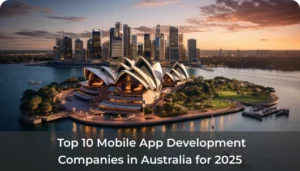
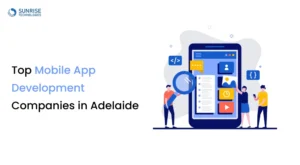
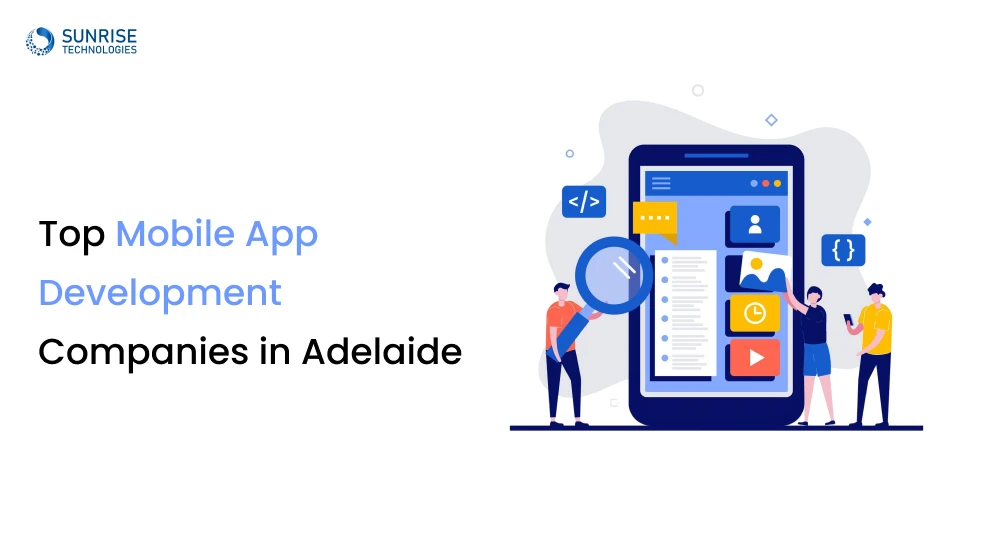
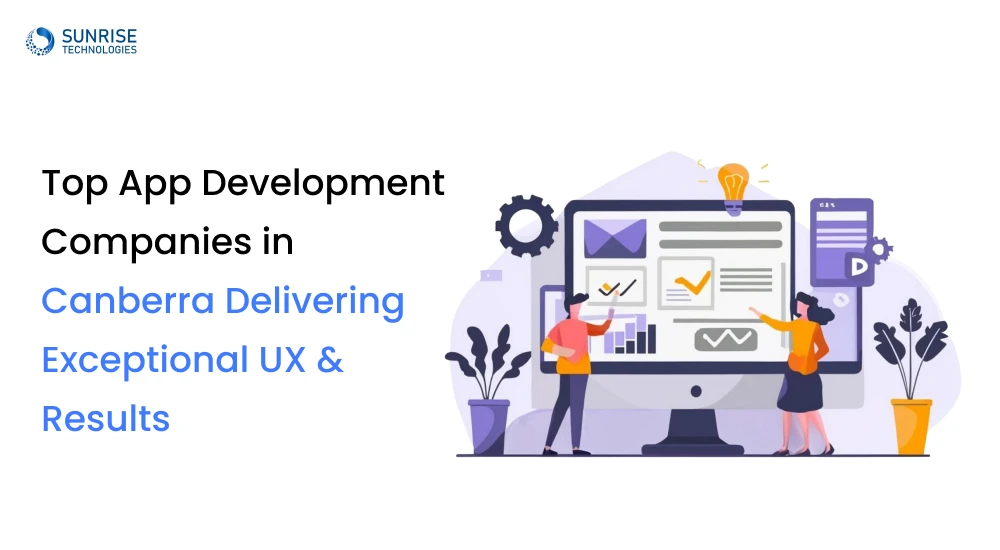
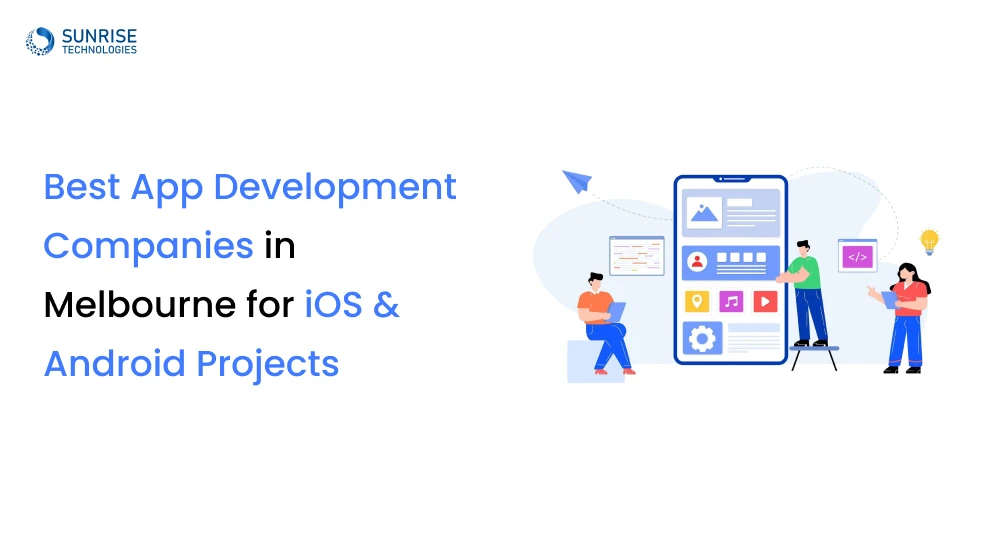
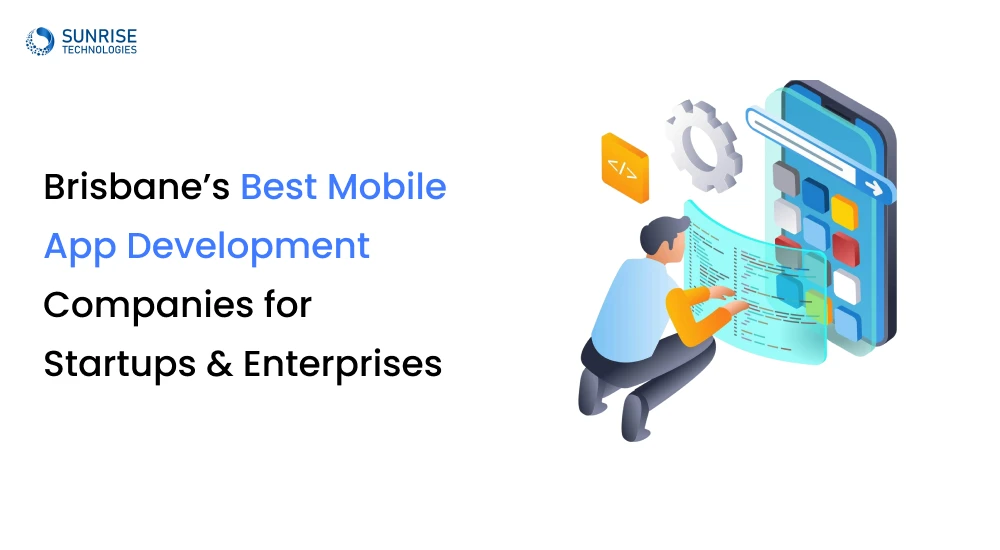
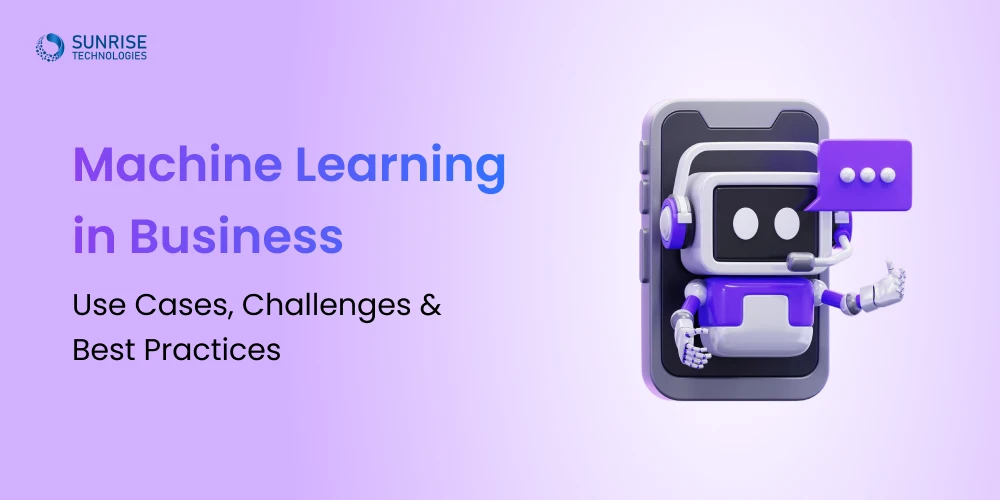

Cloud Based Project Management Platform
Read the challenges we faced and how we helped
View Case Study


